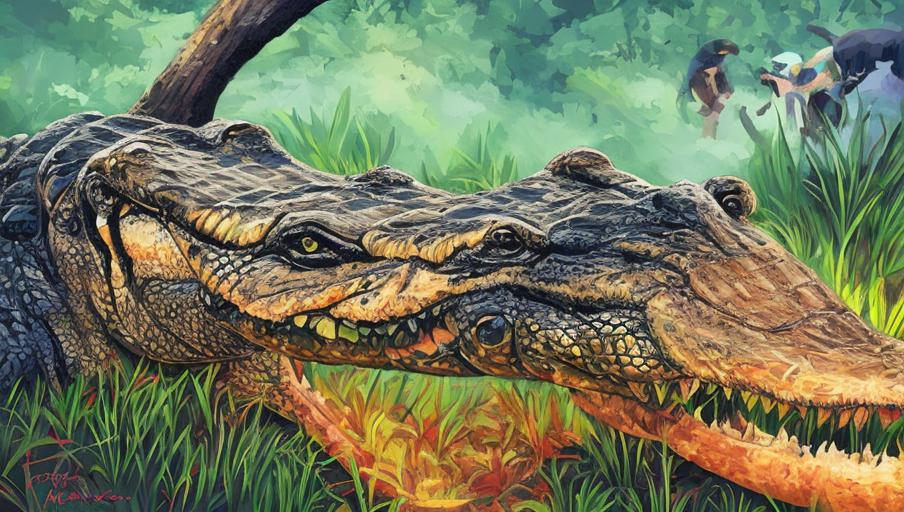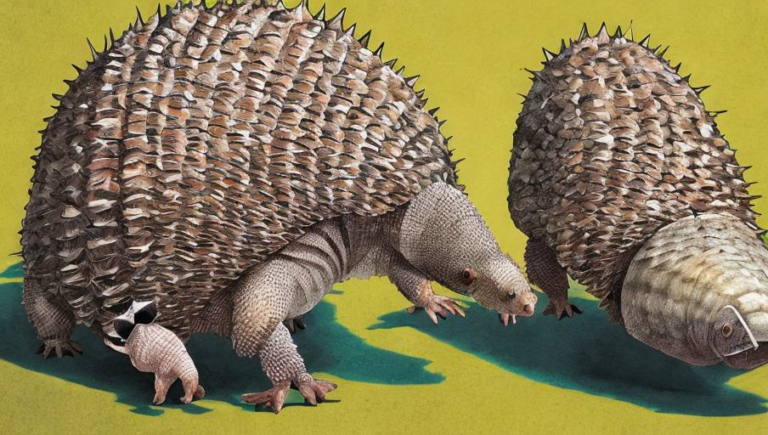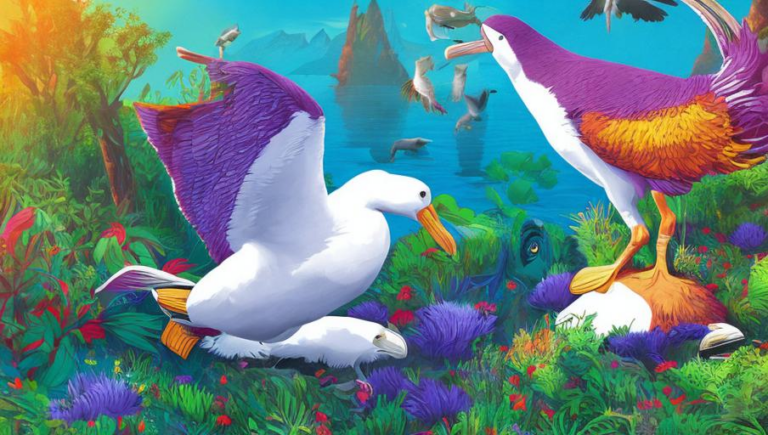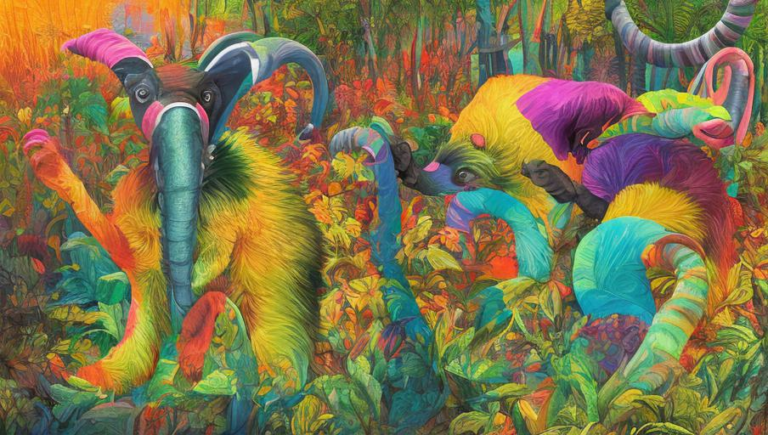Revealing the Life Cycle of Alligators

Introduction to Alligators
Alligators are large reptiles found in the southeastern United States and in some other parts of the world. They can be found in freshwater ponds, lakes, rivers, and swamps. Alligators have been around for millions of years and are considered living fossils. They are the apex predators in their environment and are known for their large size and powerful jaws. Alligators are an important part of their ecosystem, as they help maintain the balance of species in the area.
Life Cycle of Alligators
Alligators have a complex life cycle that begins as soon as they hatch from their eggs. Alligators begin their lives as hatchlings, which are about 6-8 inches long. They are vulnerable to predation and must quickly find food and shelter. As they grow, they move to larger bodies of water, such as lakes and rivers. Alligators reach maturity at about 10-12 years old, and they can live up to 30 years in the wild.
Mating Season
Alligators typically mate during the summer months. Male alligators will bellow loudly to attract females and to ward off other males. The female alligators will then build a nest of vegetation, which she will use to lay her eggs. The number of eggs laid can range from 10-50, and they are usually laid in late June or early July. The eggs will then incubate for about 8 weeks before hatching.
Hatchlings
Once the eggs hatch, the baby alligators are on their own. They are about 6-8 inches long and must quickly find food and shelter. They often feed on small fish, insects, and other small animals. As they grow, they will move to larger bodies of water, such as lakes and rivers. They will reach maturity at about 10-12 years old.
Adult Alligators
Adult alligators are typically between 8-14 feet long and can weigh up to 1,000 pounds. They are apex predators in their environment and feed on a variety of animals, including fish, turtles, snakes, and birds. Alligators also help maintain the balance of species in their environment by keeping the population of their prey in check. Alligators can live up to 30 years in the wild.
Conclusion
Alligators have a complex life cycle that starts with the hatching of eggs and ends with the adult alligator. Alligators are an important part of their environment, as they help keep the balance of species in check. Knowing the life cycle of alligators is important in order to better understand and appreciate these fascinating creatures.





